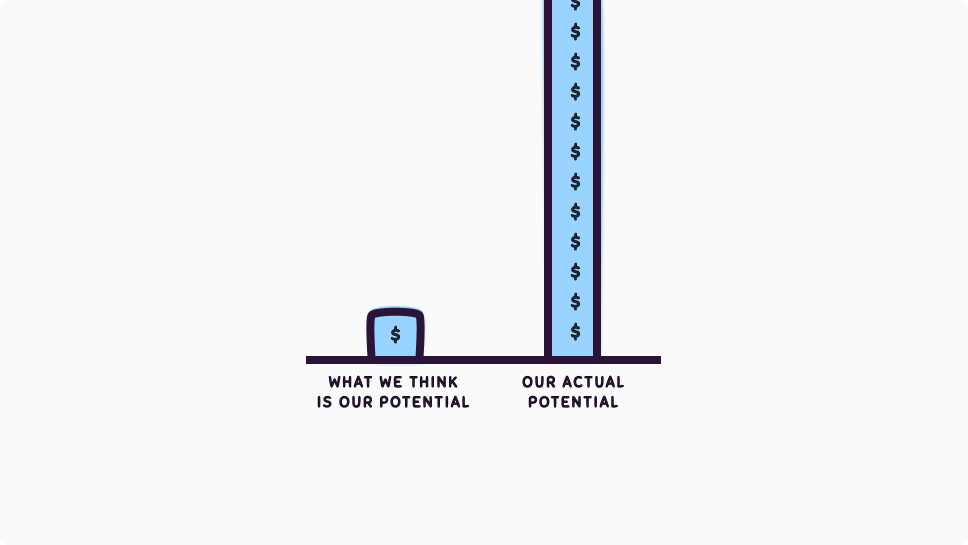Table of Contents
In less than 48 hours I made $426,200.
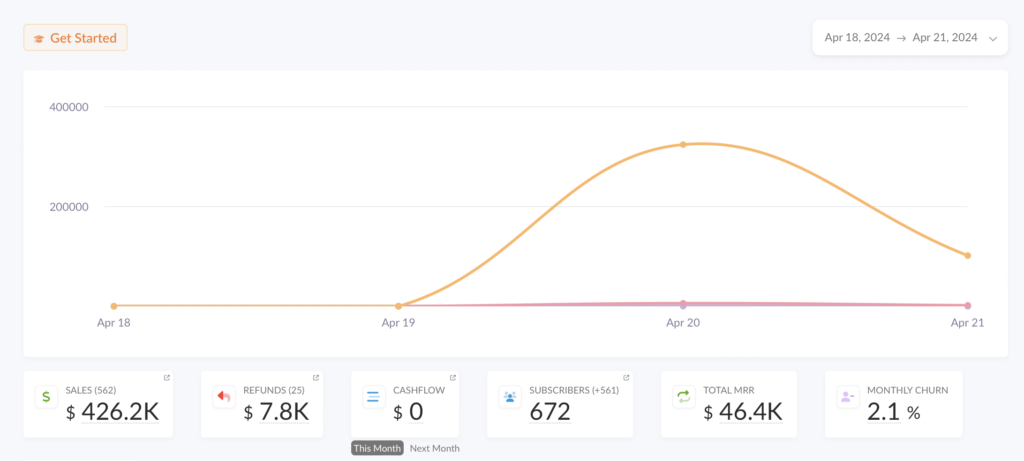
This is pretty mind-blowing. But the basic principles of what I did are the same for anyone looking to make money online.
So, if you’re looking to build and sell a product that brings you closer to the ultimate goal of financial freedom, this is exactly what I’d do.
🦖 The Archaeologist
I spend my life building products and coaching some of the world’s biggest creators, and the question I probably get asked the most is:
What product should I build that’s going to make me a tonne of money?
If I’m honest, this is a terrible question to ask – especially if we’re serious about making money online – because it’s almost impossible to answer in any meaningful way without embracing the mindset of the ‘archaeologist’.
Let me explain.
After Ali Abdaal launched his New York Times best-selling book Feel-Good Productivity he asked me to create a productivity based product for him. But, to figure out the best product for him to sell I had to dig deep into his audience’s needs, desires, and pain points – like an archaeologist – following a two step framework:
1 The Snapshot
I had to build a snapshot of how his audience currently thinks about and approaches productivity by getting as many of them as possible to fill out a productivity survey.
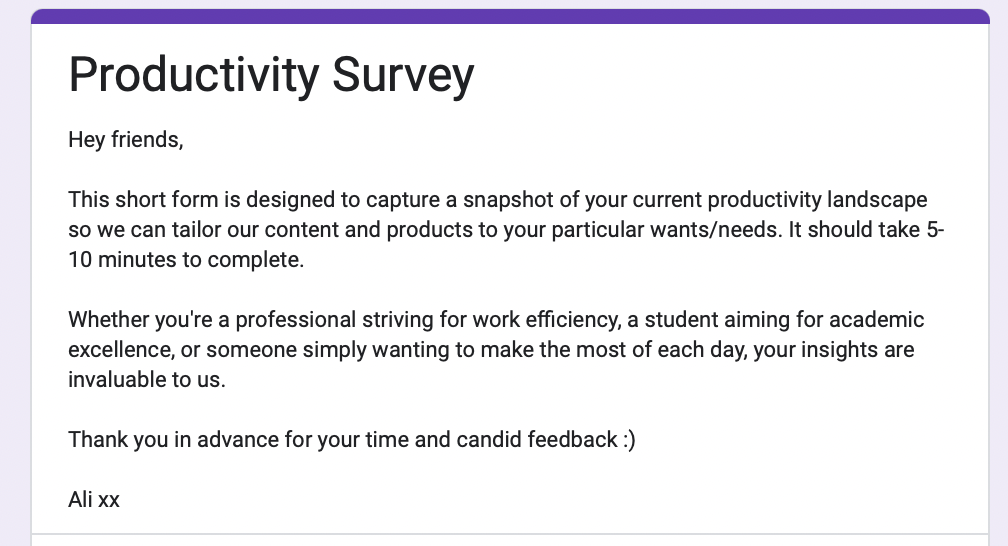
This gave me hundreds of incredible responses, which I then condensed into a summarised ‘data snapshot’ that gave me a solid understanding of the audience’s productivity landscape.
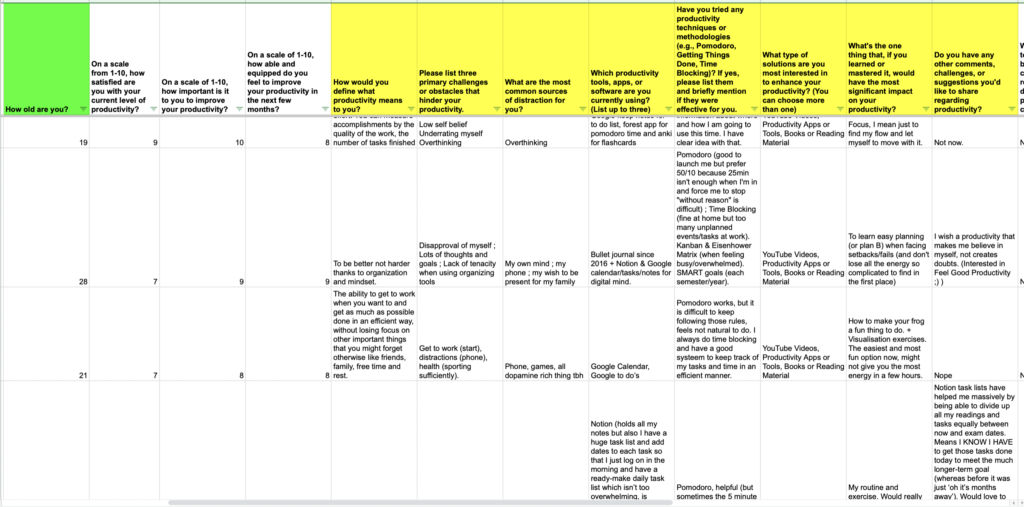
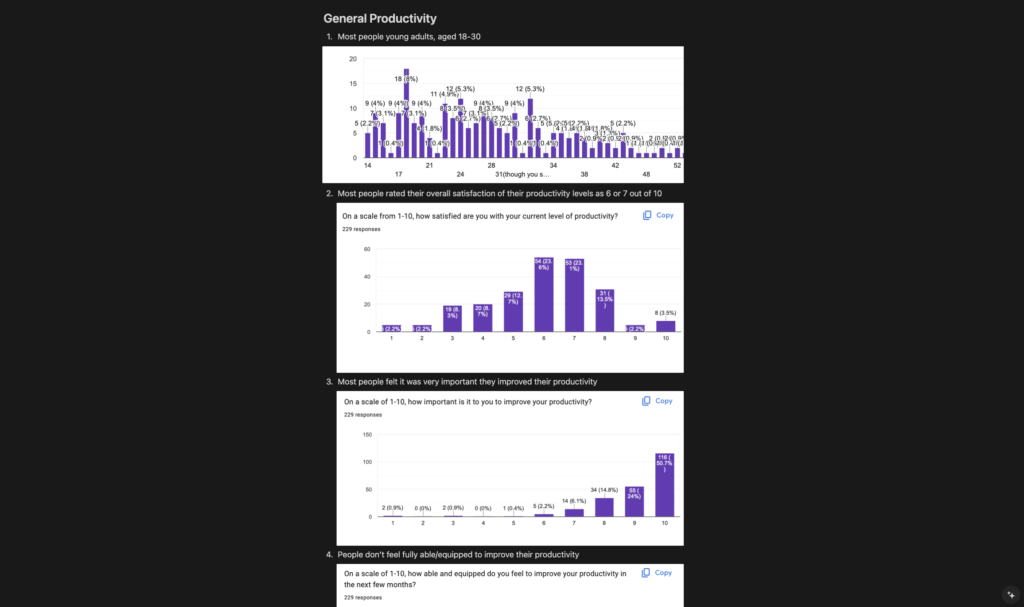
Then, I asked about 20-30 of these people to hop on a call for “the mum test”.
2 The Mum Test
In the same way we shouldn’t ask our mum if our business idea is good because she loves us and will lie to us, it’s largely a bad idea to ask anyone if our product idea is good because everyone will lie to us a little.
This is why I ask people to join a 15- 20 minute chat to get as much trustworthy and detailed data as possible.
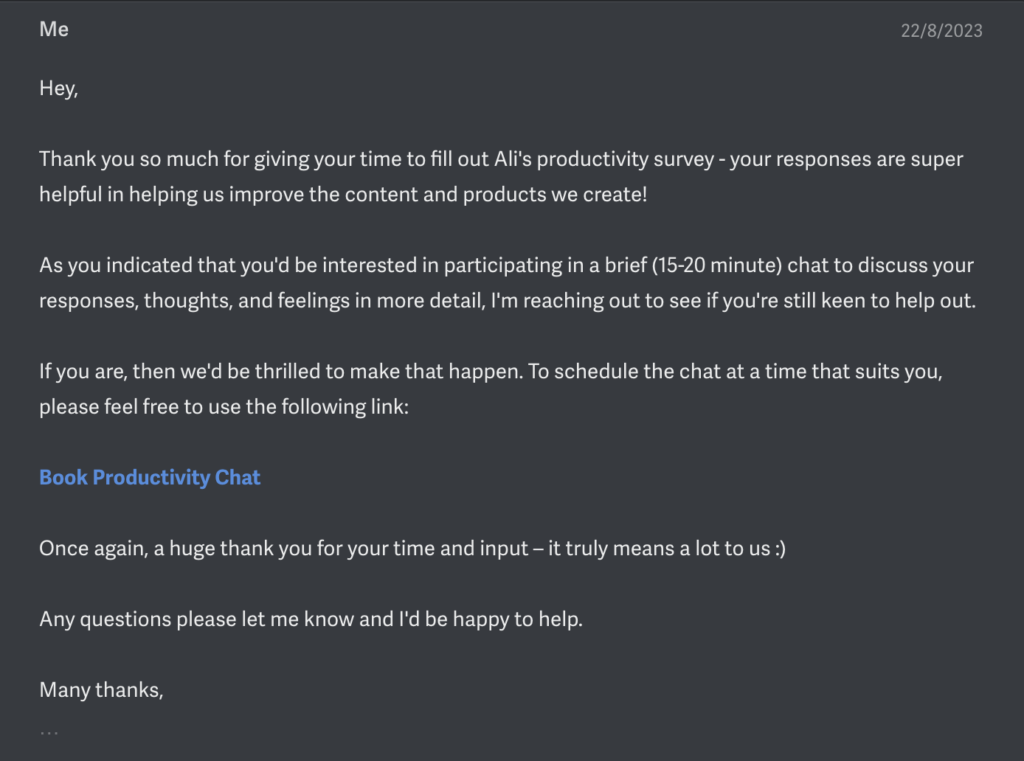
While there are a bunch of techniques I use to ensure I get the best possible data from these calls (which I can cover in another article), the idea is to dive deep into their survey responses and get them to open up as much as possible to me about their productivity problems.
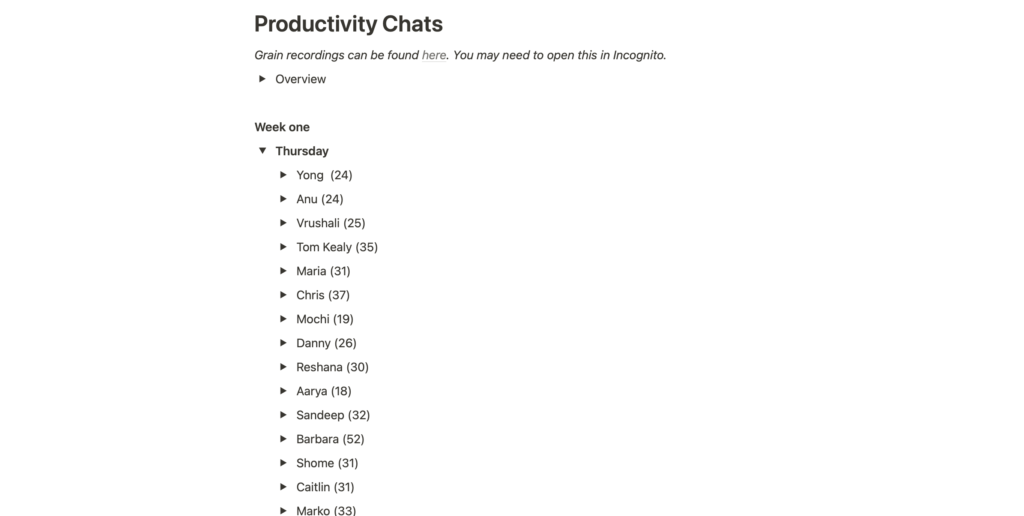
From this, I was able to build up a detailed map of all the core problems the audience had around being more productive, which is really the basic groundwork for developing any decent product.
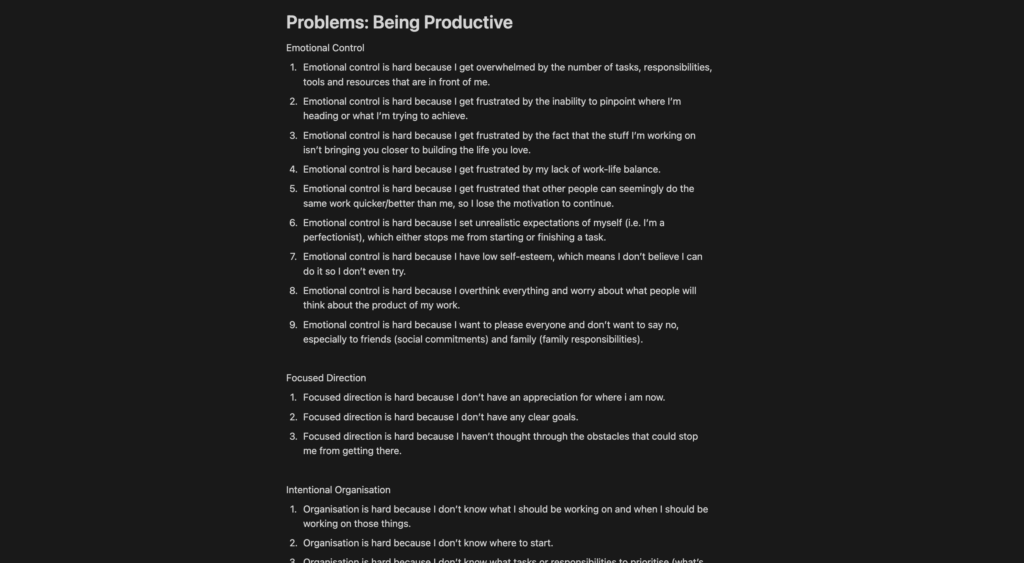
So, understanding the problem is really the first thing we want to think about when it comes to building a killer product that sells. And, fundamentally, this helps us to craft what is known as the ‘grand slam offer’, which we’re going to explore now.
🛠️ The Architect
There are a few key things that make a product valuable, which is captured neatly in Alex Hormozi’s value equation:
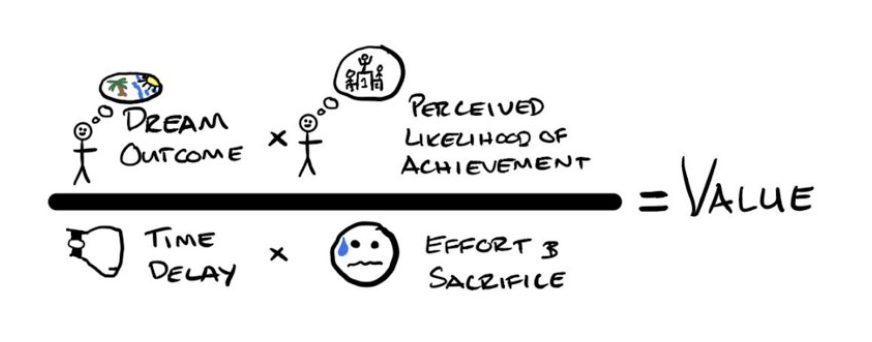
In other words, for a product to be perceived as high value it must:
- Increase the chances of the dream outcome – people value our products more if they think it’ll help them close the gap between their current reality and their dreams
- Increase the perceived likelihood of success – people value our products more if they believe that it’ll make their dream real.
- Decrease the time delay – people value our products more if they can achieve their dream in less time.
- And decrease the effort & sacrifice – people value our products more if they think that they don’t have to work hard to see results.
So, when building this product my next step was to turn our list of problems into a list of solutions that are high value according to this equation. Think of this as being the architect, drawing out a blueprint for our product.
In practice this meant doing 3 things.
1 Turning each problem into solution-oriented language
For example, if the productivity problem is “Focus is hard because I don’t have any clear goals” we can turn that into solution-oriented language by writing ‘How to set crystal-clear goals for a purpose-driven life.’
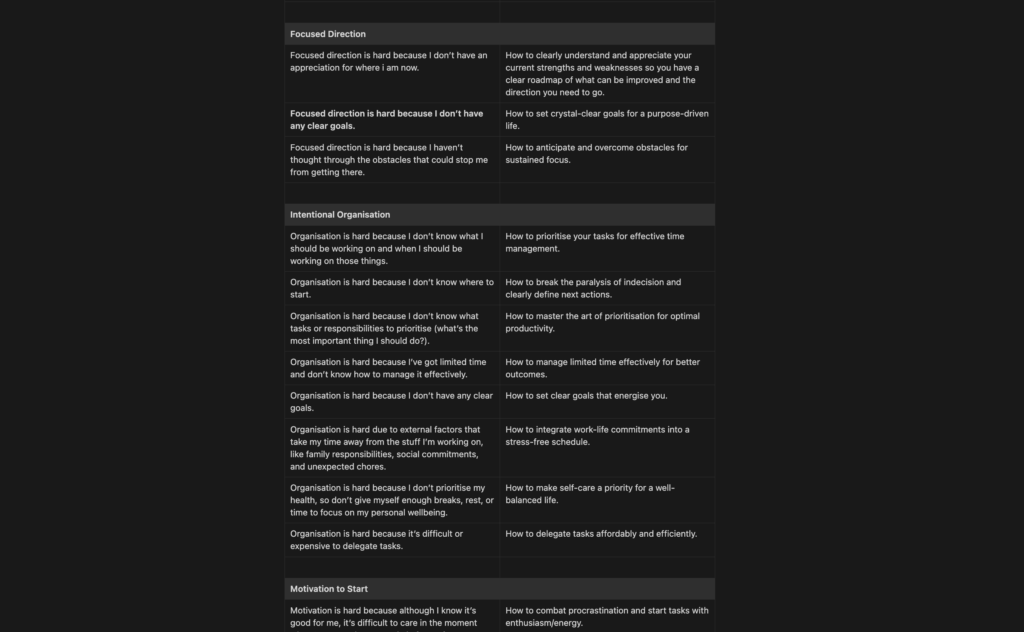
The point of this is that it 1) helps us think about solutions to the problem in a clearer way and 2) gives us some fantastic copy for our sales page and other marketing assets when we eventually get around to creating that.
2 We can then craft our solution delivery vehicles
This is super important because this helps us figure out what we’re going to actually deliver.
I really encourage you to be as creative and divergent in your thinking as possible. Just list literally anything you could do even if it’s not something you’d actually be willing to do in practice. The goal here is to push our limits into thinking of as many different possible solutions and products as we can.
For example, I broke my solution delivery vehicles up into one-to-one solutions, small group solutions, one-to-many solutions, and other miscellaneous creative ideas.
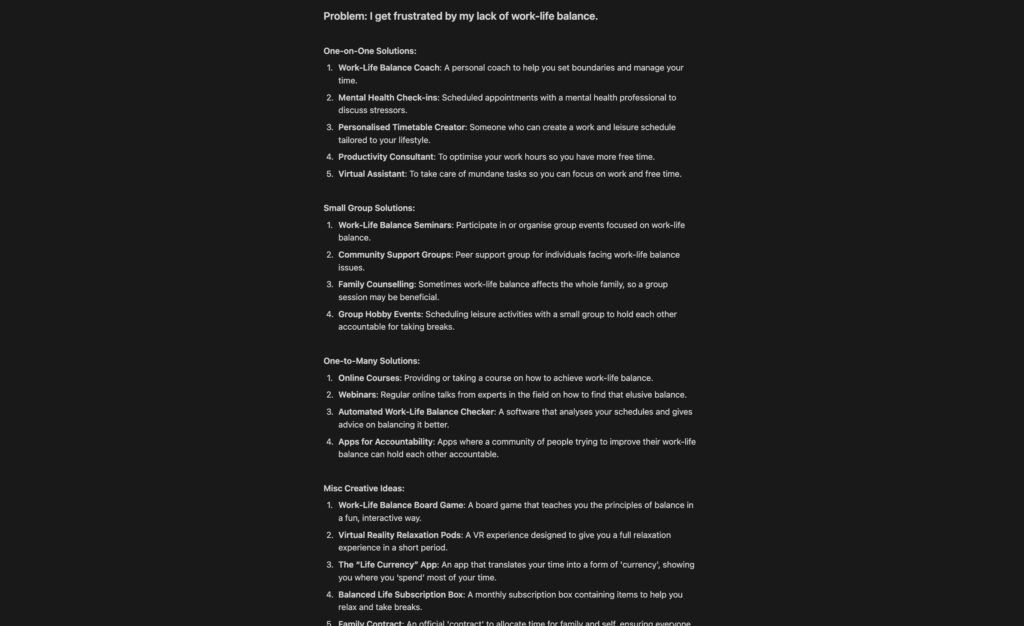
3 Finally, we trim our solution delivery vehicles down
We must go through each solution delivery vehicle and cut them down to the solutions that have the highest value (in other words, align closely to the value equation above), while also minimising cost for us.
For example, sending a productivity expert to our customer’s house is definitely high value if we look at the value equation, but the cost is way too high to be worth doing (at least, initially).
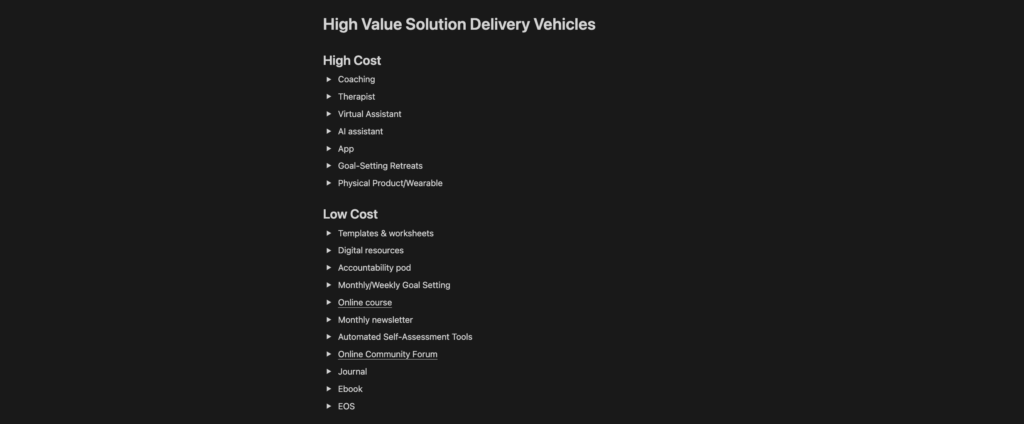
As you can see here, for my product, this included things like a course, community, digital template, entry level courses and a newsletter. All of which formed some part of the final product
I also like to draft a sales page for the product at this stage because this perfect captures all the previous steps of the process: it helps me nail the target audience, address their pain points, and provide a grand slam solution that I can easily put into words.
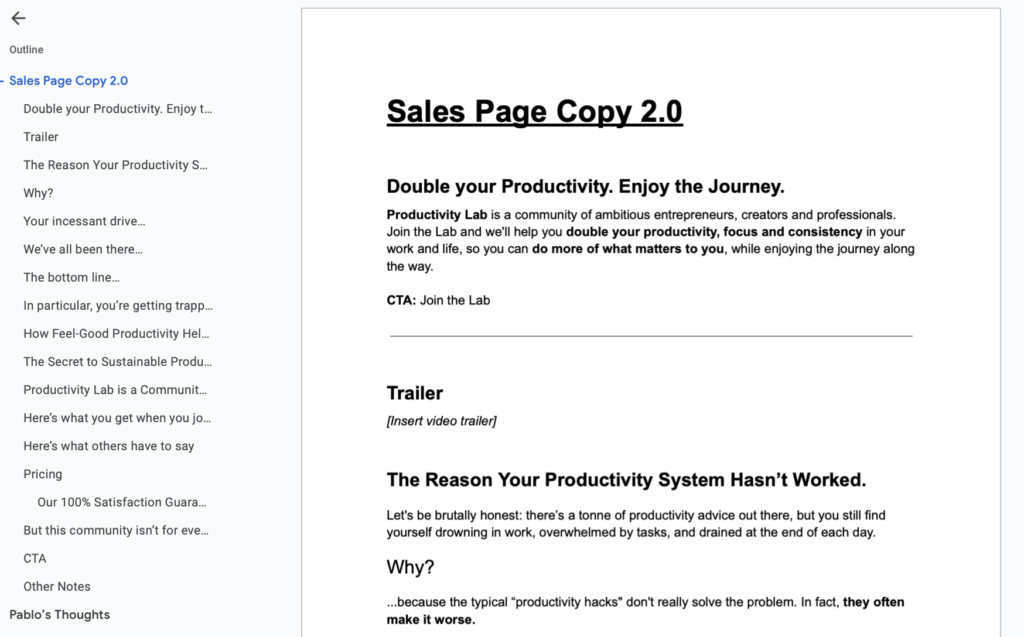
So, with our grand slam offer in mind we can begin building our Minimum Viable Product (MVP), and I want to address a couple of huge mistakes that you really need to avoid during product development…
👷 The Builder
1 Mistake 1
The first mistake is building something nobody asked for that solves a problem nobody has, which is hopefully solved by the previous two steps
2 Mistake 2
The second mistake is thinking that we need to build the perfect product from launch.
It makes no sense to spend a tonne of time, money and resources on the product before it’s financially viable unless we’re already a huge company like Apple, because there’s pretty much zero chance we’re going to launch the best possible version of the product from the get go.
3 Mistake 3
And the third mistake is thinking a Minimum Viable product is just a low-quality version of the thing we want to eventually create.
Instead, the way we want to think about the Minimum Viable Product is that it’s a version of our product that contains a limited number of features, but the quality of each feature is as high as possible.
It’s essentially a prototype that’s developed to the point someone would be willing to pull out their wallet and make a purchase so we can iterate and build the product as we start getting feedback from users.
For example, the MVP version 1 product I built for Ali was called Productivity Club (which I’ve now shutdown).
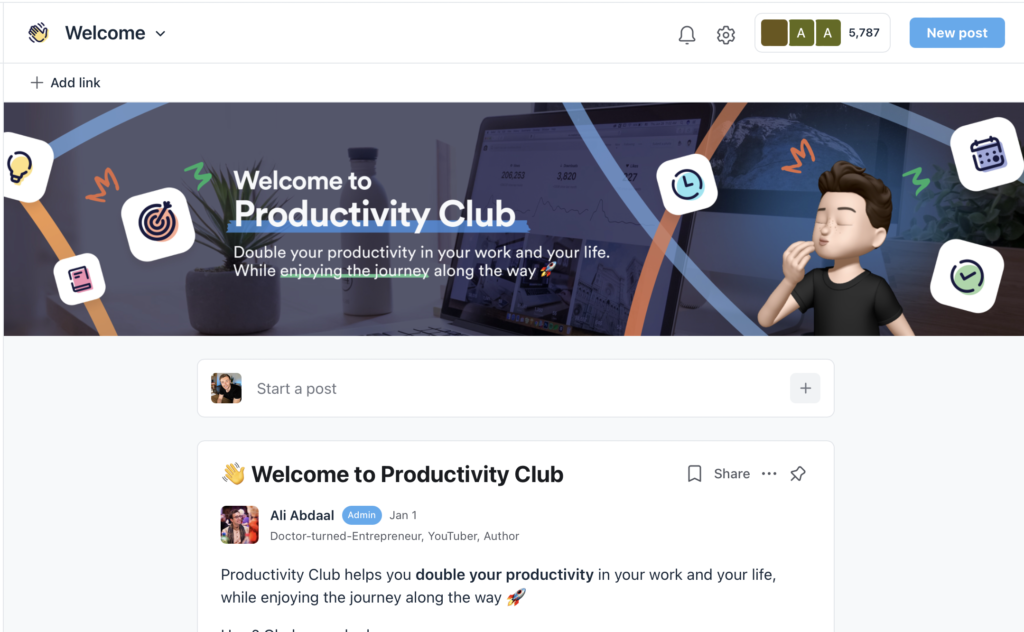
And the idea of Productivity Club was to broadly test one idea – how best we can run weekly review calls and whether people find them genuinely useful. This was a totally free experiment and gave us a tonne of information about the product we launched in April.
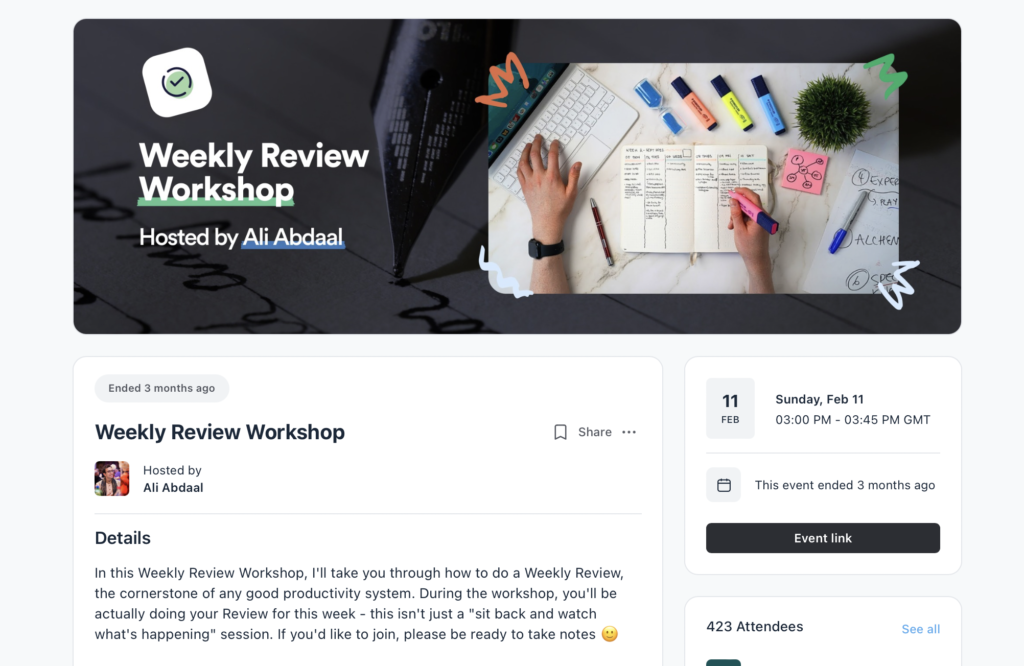
But, even the ‘final’ version of the product we launched is still something I very much consider to be an MVP and I’m developing the product roadmap alongside our customers by asking for feedback within the community, after every session they attend, and by speaking to them individually.
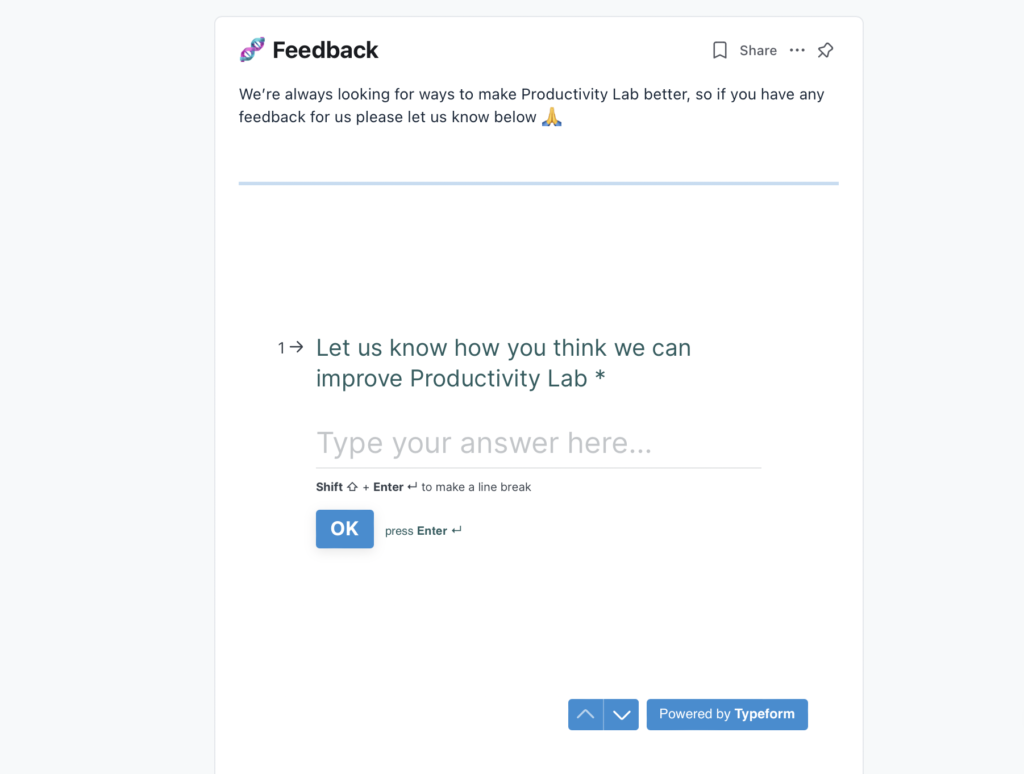
This is an iterative process and the point is we don’t need to be perfect to make lots of money, we just have to be intentional about giving customers features they genuinely care about and will benefit from
This isn’t to say I just put it all together in a weekend though. I gave a considerable amount of thought to what transformation we’re delivering, the name of the community, the design of the spaces, the creatives, the copy and much more.
But, we also don’t want to wait too long to begin validating our ideas.
Which brings me on to probably the NUMEBR ONE way to begin validating our product idea…
🏠 The Estate Agent
Before we get into that, though, it’s worth making this as clear as possible: there’s no point building an amazing product if nobody’s going to buy it.
It’s the reason why houses have estate agents. They help market and sell properties.
Imagine spending hundreds of hours making something people seemingly love, testing it out with a bunch of people, only to realise nobody actually cares on the day it launches.
Luckily, there’s a pretty decent way we can gauge people’s interest, validate the product early on, and be our own product ‘estate agent’. And that’s by building a waitlist.
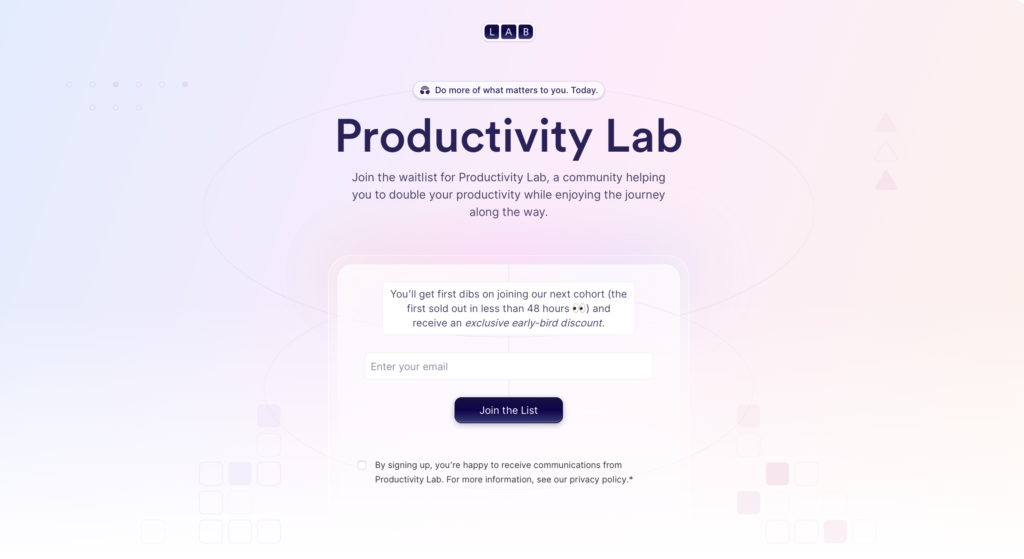
The idea of the waitlist is that we can tell people a little bit about our product and they can register their interest to hear about it when it eventually launches. In other words, they’re demonstrating an intent to purchase.
Sure, not everyone can or will buy, but if we use a conservative conversion rate estimation of 1-2 percent, then we make a good approximation for how many sales we’re going to make when we launch, should we get the launch campaign right (which we’ll talk about in the final point of this article).
For example, I built a super simple waiting list early on (see previous image) sharing a bit about the product and gave people a clear call to action to leave their email if they want to hear about the launch of the product and offering an exclusive early-bird discount to anyone on the list too. The copy has changed a little here since the initial launch, but you should get the point.
And, in total, we got over 30,000 people registering their interest for the product.
So, we need to 1) generate a load of interest through a waitlist and 2) we need to maximise sales by putting that waitlist to good use, which is the last thing we need to cover in this article.
💰 The Salesman
The Glastonbury Music Festival has run for over 30 years and attracts over 120,000 each year. Selling all 120,000 of these tickets sounds like a mammoth task and yet they manage to do it every year in a matter of minutes. Why? Because of this thing called ‘signalling’.

Once you buy your ticket, the organisers explain when the tickets will go on sale, tell everyone there are far more people pre-registered than tickets available, and say you can only buy a maximum of six tickets.
In short, they’re signalling to people what’s going to happen before it happens so the market can prepare itself. Which is exactly what we want to be doing in our own launch strategy.
So, how did I turn the 30,000 strong waitlist into almost half a million dollars in less than 2 days using signalling?
1 The Sequence
First, in the 7 days running up to launch I sent a week-long email sequence that addressed their specific needs from a productivity product, signalled the over-subscribed nature of the product, and the terms of the sale (which included a cap on sales and a 20% discount that would be reduced after 24 hours).
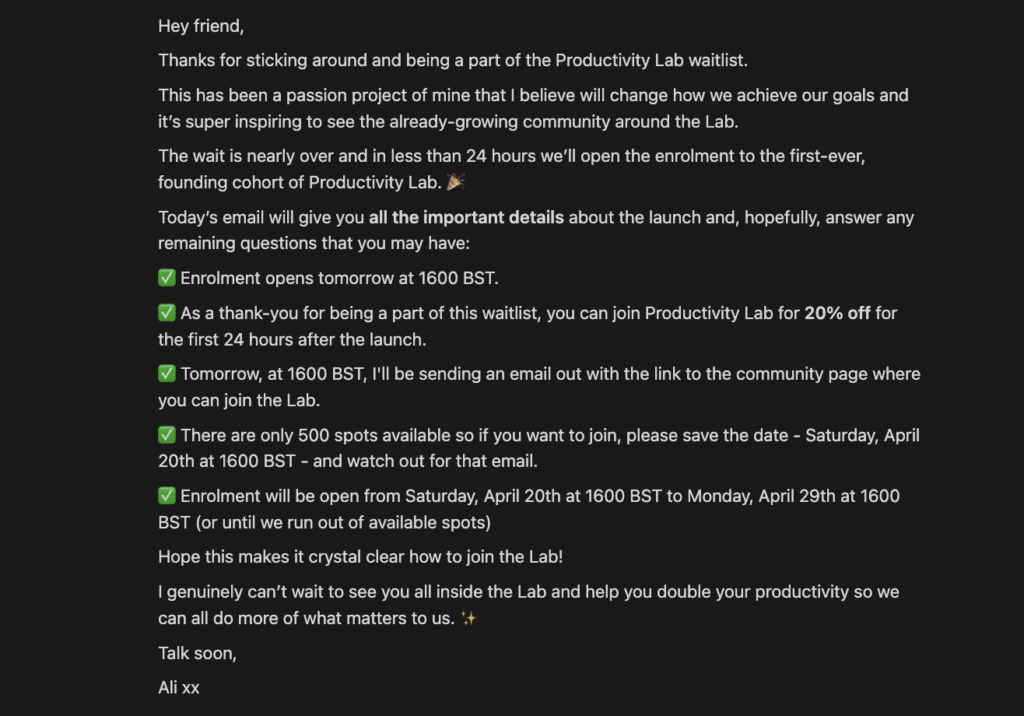
2 The Event
Second, we created a free launch event to maximise early sales.
Basically, we invited everyone on the waitlist to a free 2-hour productivity workshop where we delivered a tonne of value to the 3000 attendees generating hype and interest in 1) them wanting to improve their productivity and 2) the product itself.
So, when the workshop finished at 4pm on Saturday 20 April we were able to announce checkout was open to thousands of eager people who were ready to buy.
Within 5 minutes, over 1/5 of the spaces were sold out.
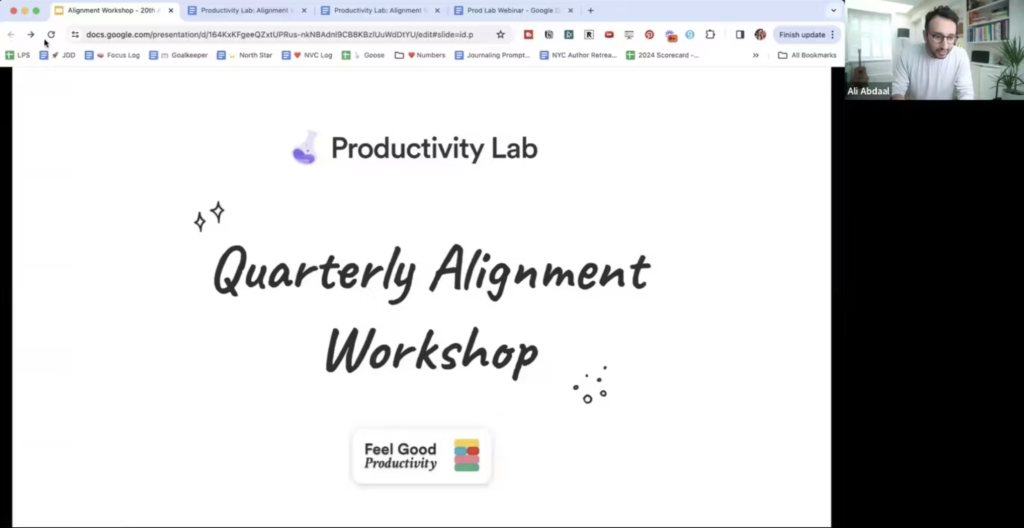
3 The Deadline
Finally, we’d prepared a 7 day deadline sequence to continue getting sales in before the checkout closed.
But I’m not going to talk about this because we sold out before we were able to send out our first email of the deadline sequence. But I’d be more than happy to write about the best way to structure this some other time.
So, once we have a waitlist we need to have a launch strategy that focuses on signalling, driving interest, and maximising early sales.

